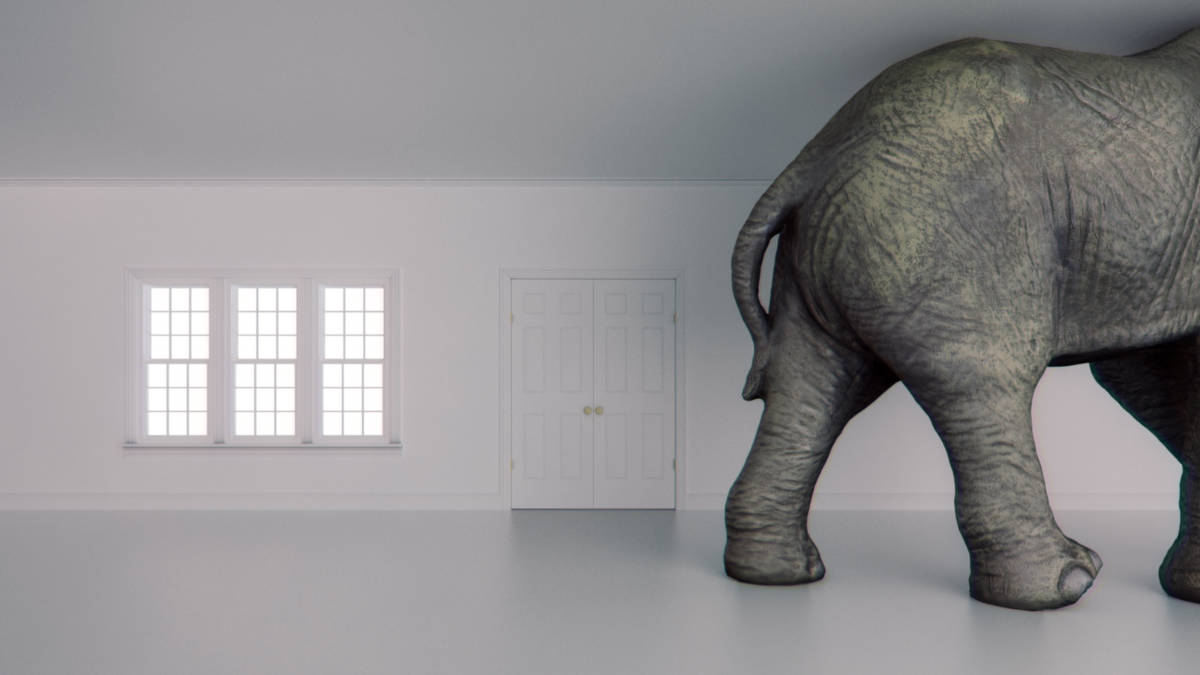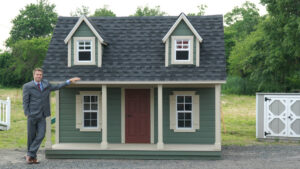Why a rental shortage is stopping sellers and fuelling home prices

If house prices are running so hot right now, why don’t more people sell into the rising market? And how did this elephant even get in here? Pic: Getty Images
If house prices are running so hot right now, why don’t more people sell into the rising market?
It’s been one of the puzzles across the residential sector over recent months. Home prices are rising briskly and investors are back in the market – so why is there so little to buy?
New listings are not just hard to find, they are increasingly thin on the ground. Property research group Cotality reports that the total number of listings across the nation is a stunning 18 per cent below the long-term average. There were just 127,800 homes for sale over the month of October.
Moreover, it’s in the mid-sized capitals where home prices are rising the fastest that listings are at a relative low. House prices in Perth and Brisbane are up 82 and 84 per cent, respectively, over the last five years, but sellers are scarce.
Conversely, it’s where prices have been weakest that the most number of homes are for sale.
Melbourne, the laggard of the national market, had the largest lift with the number of new listings growing by 24 per cent in October over September, according to SQM Research.
To get to the bottom of the mystery, property analysts have turned to the rental market, which remains super tight for the third year in a row. Rental vacancy rates across the nation that might historically range between 3 and 4 per cent are closer to one per cent.
As independent housing economist Cameron Kusher of Kusher Consulting told The Australian’s The Money Puzzle podcast, a hidden cost of this very tight market is that people are facing difficulties finding somewhere to rent.
“I think (the rental shortage) actually discourages people from selling because there’s nothing on the market at the moment and there’s also nowhere for them to go once they’ve sold their property,” he said.
The effective withdrawal of potential sellers from the market due to the lack of rental properties creates an immediate effect. It squeezes supply further and puts more upward pressure on prices.
No wonder investors have been moving back into the residential market in substantial numbers. Loans to residential property investors increased by 7 per cent in the year to September, the fastest growth seen in the market in a decade.
Consensus dwelling price forecasts for the next 12 months are for a lift of about 9 per cent, however recent history suggests there will continue to be a large gap between houses and apartments with standalone dwellings set to rise faster.
“The number of properties on the market is down about 20 or 30 per cent from what we were seeing early on in the pandemic,” Mr Kusher said.
“So you’ve just got a really tight supply, and there’s a few things that are really driving this.
“People know that they can sell their property and get a really good price for it, but the rental markets are also so tight that people can’t even transition through the rental market once they’ve sold their property to buy their next property.
“As a result of that, people are just going: ‘I can’t find what I want to buy. I’m not sure that I’ll be able to rent a place that I want to rent in or that’s appropriate. So I’ll just stay where I am’.”
This article first appeared in The Australian as Why a rental shortage is stopping sellers and fuelling home prices
Related Topics
UNLOCK INSIGHTS
Discover the untold stories of emerging ASX stocks.
Daily news and expert analysis, it's free to subscribe.
By proceeding, you confirm you understand that we handle personal information in accordance with our Privacy Policy.








